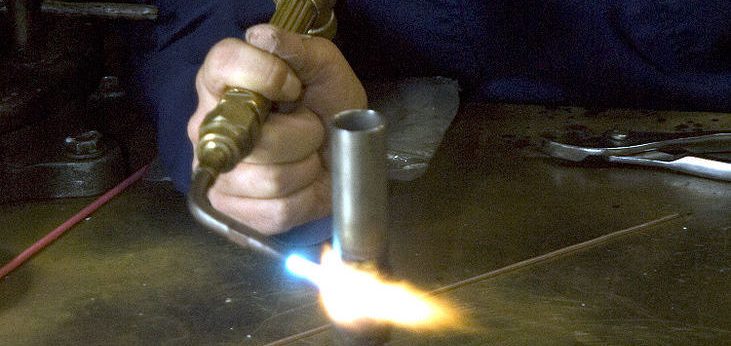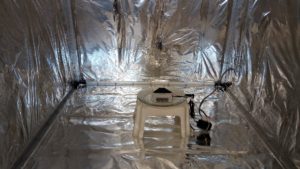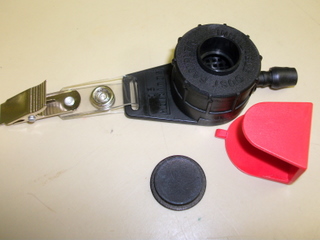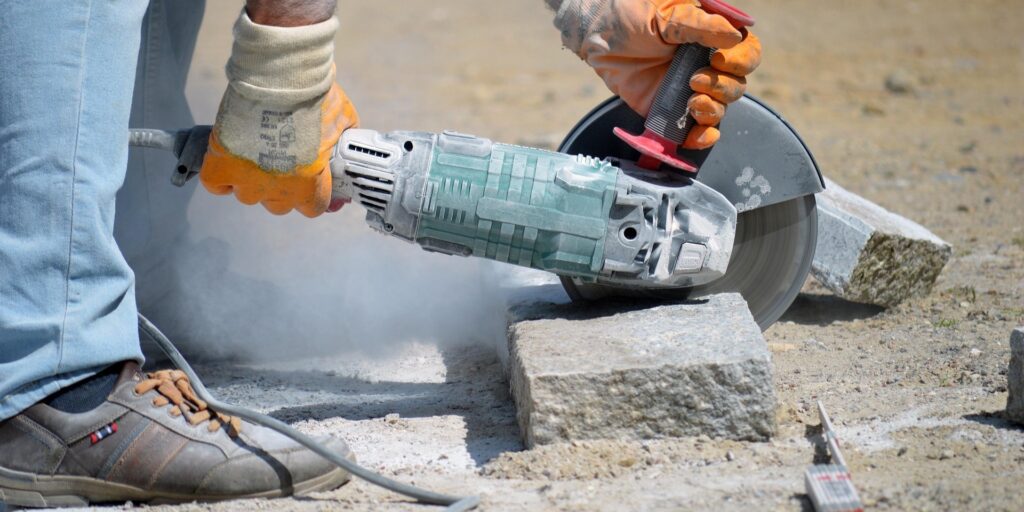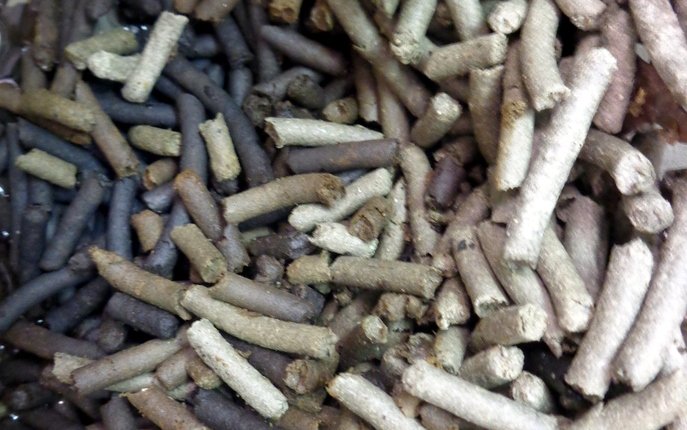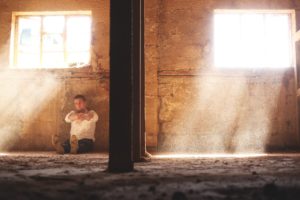
LCS Laboratory Inc. provides professional air sampling kits designed to detect 12 toxic heavy metals in residential air. These metals include cadmium, chromium, cobalt, copper, iron, lead, manganese, molybdenum, nickel, silver, tin, and zinc. Sources of these metals may include emissions from nearby industrial facilities, residual dust from recent renovations, or environmental contamination. In a typical residential environment, air should be free of detectable levels of these metals. Any detection indicates a potential health hazard and warrants further investigation.
Why Choose LCS Laboratory for Air Sampling?
LCS Laboratory is a leader in professional air quality testing, being the first and only laboratory in Canada and the United States to offer homeowners specialized testing for heavy metals in residential air. Our service includes a comprehensive air sampling kit that enables easy collection of airborne dust samples for laboratory analysis.
Air Sampling Procedure
The sampling kit includes:
- One air sampling pump: Ensures consistent air collection.
- Sampling cassettes: Capture airborne dust particles for analysis.
Our method follows National Institute for Occupational Safety and Health (NIOSH) protocol #7301, enabling the detection of metals at concentrations as low as 0.1 μg/m³. The process is straightforward and does not require prior training. We recommend running the sampling pump for 4-5 hours to achieve optimal sensitivity.
Once sampling is complete, return the equipment and collected samples to LCS Laboratory for analysis. Using advanced Inductively Coupled Plasma Atomic Emission Spectroscopy (ICP-AES), we measure the concentration of each metal in micrograms per cubic metre (μg/m³) of air.
Understanding Regulatory Standards
To help interpret results, here are examples of regulatory limits for select metals:
Metal
|
Clean Ambient Air Limit1) μg/m³ |
Industrial Exposure Limit2) μg/m³ |
| Cadmium | 0.025 | 10 |
| Chromium | 0.5 | 500 |
| Cobalt | 0.1 | 20 |
| Copper | 50 | 1000 |
| Iron | 4 | 3500 3) |
| Lead | 0.50 | 100 |
| Manganese | 0.4 | 200 |
| Molybdenum | 120 | 300 |
| Nickel |
0.2 |
1000 |
| Silver | 1 | 100 |
| Tin | 10 | 2000 |
| Zinc | 35 | 1600 3) |
1) Ontario Ambient Air Quality Criteria (2012); 2) Ontario Occupational Exposure Limit (2021); 3) Calculated from exposure limit for a Metal Oxide
Interpreting Your Report
- Below Ambient Air Criteria: No immediate health concern.
- Exceeding Ambient Air Criteria: Investigate and address potential sources, especially to protect vulnerable family members.
- Above Occupational Exposure Limits: Indicates a significant health risk and immediate action is required.
Contact Us
Interested in testing your residential air for heavy metals? Reach out to us at LCS Laboratory to discuss your project and obtain shipping instructions.
Download our laboratory price list and request forms to get started.
To place an order online please use the link above.

